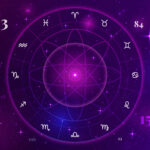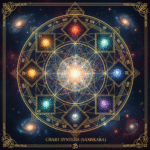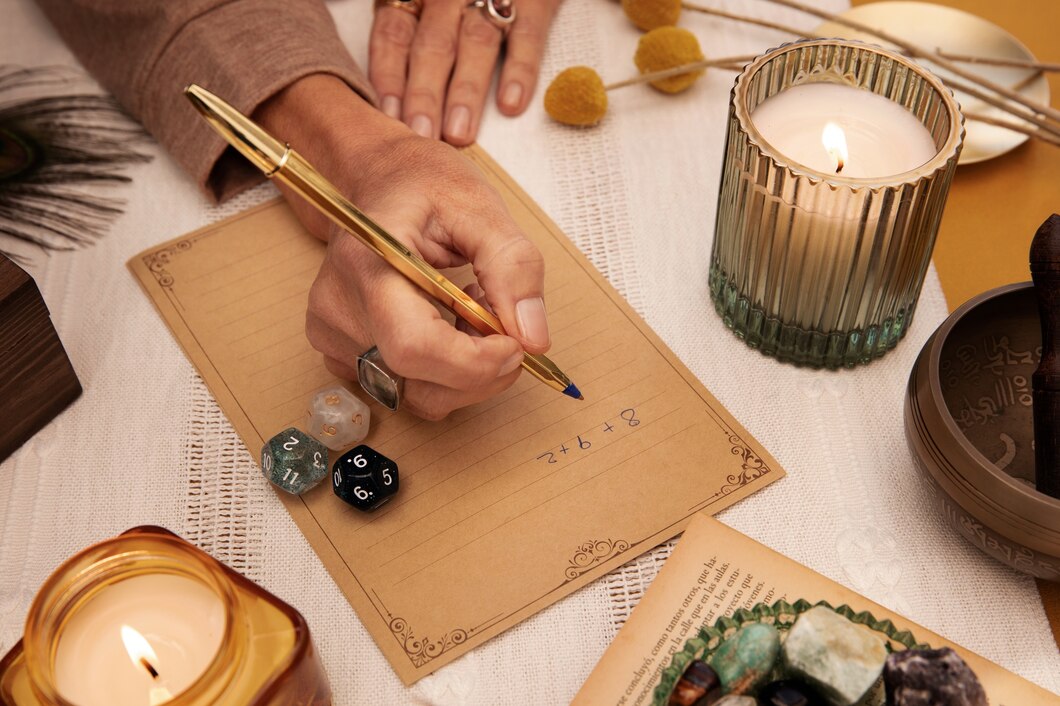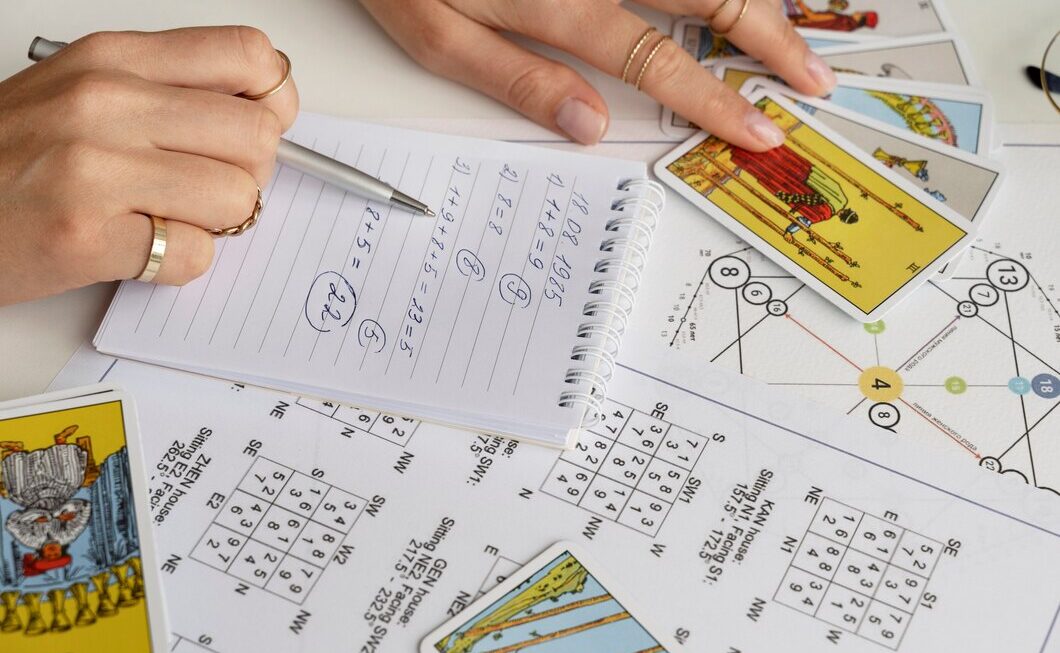You wouldn’t plant a seed in the dead of winter, nor would you set sail into a raging storm. Common sense, wouldn’t you agree? Yet, how often do we embark on life’s most significant ventures—marriages, business launches, new beginnings—without a second thought to the optimal timing? This oversight is precisely what the ancient science of Muhurta Vedic Astrology seeks to rectify. It’s not about fatalism; it’s about conscious alignment with the rhythmic pulse of the cosmos, strategically choosing the most auspicious moment to plant your seeds of destiny.
In the intricate tapestry of Vedic wisdom, Muhurta is the art and science of electional astrology, a profound discipline dedicated to identifying propitious time windows for any undertaking. It’s about leveraging cosmic energies to infuse your actions with greater potential for success and longevity. Think of it as setting the celestial clock for your life events, ensuring every venture begins with the most favorable cosmic winds at its back.
The Science of Auspicious Timing: Why It Matters
Selecting an auspicious Muhurta (electional time) is one of the most powerful “remedies” in all of Vedic astrology. This isn’t mere superstition; it’s a strategic intervention based on a foundational principle: the birth chart of the moment you begin an event (your wedding, your company, a significant journey) becomes the “birth chart” for that event itself. Just as your personal birth chart delineates your life’s predispositions, the chart of an event moment dictates its inherent strengths, challenges, and ultimate trajectory.
By meticulously choosing a moment with a strong ascendant, well-placed benefic planets, and harmonious planetary alignments, you are proactively giving your venture a powerful, positive destiny.
You are quite literally imprinting the nascent energy of your endeavor with a blueprint for success, resilience, and growth. This isn’t about changing fate, but rather about working with the cosmic flow, optimizing the conditions for your actions to flourish. It’s an act of cosmic intelligence, ensuring your efforts bear the sweetest fruit.
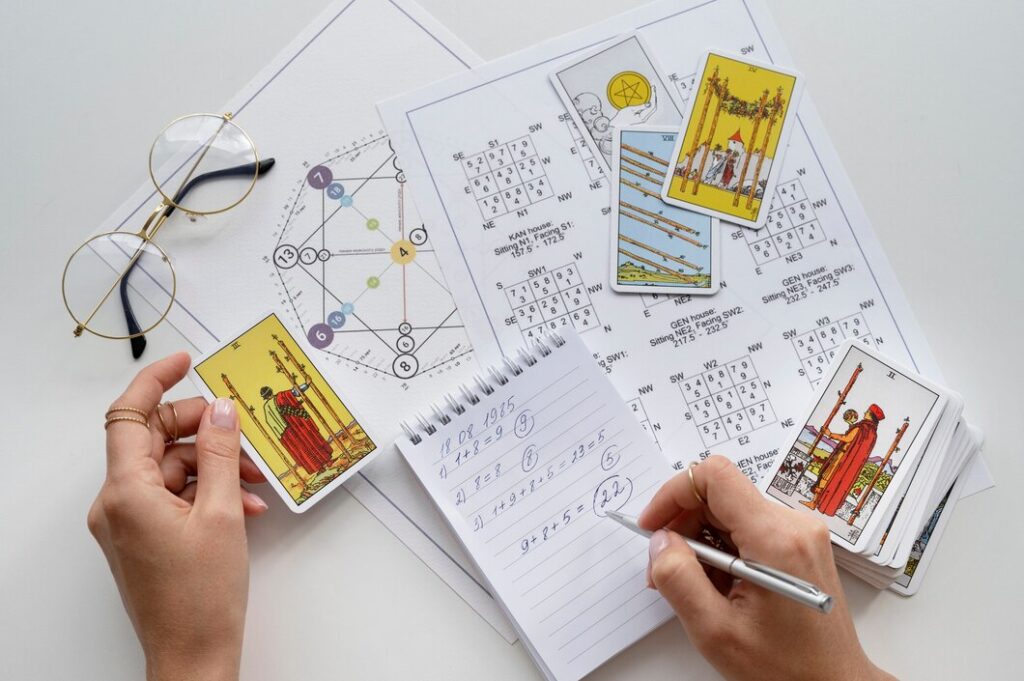
Consider a significant undertaking like marriage. A well-chosen Muhurta for a wedding is believed to lay the foundation for a harmonious, enduring, and prosperous marital life.
Similarly, for a new business, an auspicious start can imbue the enterprise with vitality, financial stability, and sustained growth. This isn’t just wishful thinking; it’s a systematic approach to harnessing cosmic support, providing an energetic advantage that can mitigate future challenges and amplify positive outcomes.
Understanding the Cosmic Cocktail: The Panchanga
At the heart of identifying an auspicious timing lies the “Panchanga” – literally “five limbs.” This fundamental framework in Vedic astrology dissects time into five key components, each offering unique insights into the energetic quality of a particular moment. A Muhurta, then, is a “favorable cosmic cocktail” where these five elements align harmoniously to support a specific goal.
Here are the five limbs of the Panchanga:
- Tithi (Lunar Day): This signifies the angular relationship between the Sun and the Moon. There are 30 Tithis in a lunar month, each lasting approximately 20-27 hours, and each carrying a distinct energetic quality. Certain Tithis are considered auspicious for specific activities – for instance, a Dwitiya (2nd Tithi) might be good for initiating new ventures, while a Chaturthi (4th) might be inauspicious for beginnings due to its association with obstacles.
- Vara (Weekday): The seven weekdays are ruled by the seven classical planets (Sun, Moon, Mars, Mercury, Jupiter, Venus, Saturn), imbuing each day with their planetary lord’s characteristics. For example, Thursday (ruled by Jupiter) is excellent for spiritual activities, education, and financial matters, while Friday (ruled by Venus) is ideal for creative pursuits, relationships, and luxury.
- Nakshatra (Lunar Mansion/Star): Perhaps one of the most unique and detailed elements of Vedic astrology, the Nakshatras are 27 lunar mansions, each spanning 13 degrees and 20 minutes of the zodiac. Each Nakshatra has its own deity, symbolism, and energetic properties, profoundly influencing the quality of time. For a marriage, Nakshatras like Rohini, Mrigashira, or Anuradha are often preferred due to their qualities of growth, stability, and partnership.
- Yoga (Planetary Combination): There are 27 Yogas, derived from the combined longitudes of the Sun and Moon. Each Yoga has a unique influence, either auspicious (Shubha) or inauspicious (Ashubha). For instance, Siddhi Yoga (success) is highly favorable for starting almost anything, while Vyaghata Yoga (obstruction) is to be avoided for important undertakings.
- Karana (Half-Tithi): Each Tithi is divided into two Karanas, making a total of 11 Karanas. These are considered finer divisions of time, further refining the quality of a moment. Some Karanas are fixed, while others are movable. For example, Bava Karana is generally considered good for steady activities, while Naga Karana is often avoided for new beginnings.
Understanding how these five limbs interact and influence each other is the bedrock of electional astrology. A skilled Muhurta practitioner assesses the combined influence of all these factors, alongside the specific planetary positions, to pinpoint the most potent window for success.
What Makes a Good ‘Marriage Muhurta’?
Let’s apply this to a specific, widely relevant goal: marriage. What makes a particular Muhurta optimal for tying the knot?
A good Marriage Muhurta isn’t simply about picking a convenient date. It’s about selecting a moment whose astrological chart supports the longevity, harmony, and prosperity of the union. Key considerations include:
- Auspicious Tithis: Generally, Tithis like Dwitiya (2nd), Tritiya (3rd), Panchami (5th), Saptami (7th), Ekadashi (11th), and Trayodashi (13th) in the waxing moon period (Shukla Paksha) are considered good. Avoid Purnima (Full Moon) and Amavasya (New Moon) for wedding ceremonies, as well as Rikta Tithis (4th, 9th, 14th).
- Favorable Varas: Monday (Moon), Wednesday (Mercury), Thursday (Jupiter), and Friday (Venus) are typically preferred for marriage due to their connection with emotions, communication, expansion, and relationships, respectively. Avoid Tuesdays (Mars, conflict) and Saturdays (Saturn, delays/longevity concerns) for the ceremony itself.
- Benefic Nakshatras: As mentioned, Nakshatras like Rohini, Mrigashira, Magha, Uttara Phalguni, Hasta, Swati, Anuradha, Mula, Uttara Ashadha, Uttara Bhadrapada, and Revati are highly favored for marriage due to their inherent qualities of stability, fertility, joy, and spiritual growth. Avoid Nakshatras associated with aggression, harshness, or ending cycles.
- Strong Ascendant (Lagna): This is crucial. The rising sign at the moment of marriage should ideally be a fixed (Taurus, Leo, Scorpio, Aquarius) or a dual (Gemini, Virgo, Sagittarius, Pisces) sign for stability and adaptability. Movable signs (Aries, Cancer, Libra, Capricorn) are generally avoided as they suggest changeability. The Ascendant lord should be well-placed, strong, and aspected by benefics (Jupiter, Venus, Mercury).
- Placement of Benefics & Malefics: Jupiter, the great benefic, should ideally be strong and well-placed, preferably in a Kendra (1st, 4th, 7th, 10th house) or Trikona (5th, 9th house) from the Ascendant. Venus, the planet of love and relationships, should also be strong and un-afflicted. Malefics like Mars and Saturn should ideally not be in the 7th house (house of marriage) or afflicting the Ascendant.
- Moon’s Position: The Moon should be strong, well-placed, and not in the 6th, 8th, or 12th houses, nor afflicted by malefics. A strong Moon signifies emotional harmony and mental peace in the relationship.
- Avoidance of Doshas: Specific astrological afflictions (Doshas) like Sarpa Dosha, Pitra Dosha, or severe Mangal Dosha in the Muhurta chart should be avoided or mitigated.
By meticulously evaluating these factors, a Muhurta specialist can pinpoint a specific window that best supports the couple’s long-term happiness and prosperity, giving their union the best possible start.
Navigating the Cosmic Tides: What to Avoid and What to Use
Just as there are auspicious times, there are also periods that are best avoided for significant undertakings. Being aware of these “bad times” is as crucial as knowing the good ones.
What to Avoid: “Karmically Barren” Periods
- Rahu Kaal: This is perhaps the most well-known inauspicious period daily. Lasting approximately 90 minutes each day, Rahu Kaal is considered highly unfavorable for new beginnings, important meetings, signing contracts, or starting journeys. It’s associated with confusion, delays, and unexpected obstacles.
- Yama Gandam: Another daily inauspicious period, though less severe than Rahu Kaal, it’s best avoided for financial transactions and new ventures.
- Gulika Kaal: While not as potent as Rahu Kaal, it’s generally avoided for auspicious beginnings as actions performed during this time are believed to repeat.
- Dur Muhurta: Specific inauspicious moments that occur daily, often twice a day. These periods should be avoided for all important tasks.
- Bhadra (Vishkambha Karana): This Karana is notoriously inauspicious, especially for new beginnings, travel, or any event requiring harmony. It’s often indicated by a red “X” in Panchanga calendars.
- Eclipses (Solar & Lunar): Highly inauspicious for any new beginnings or important rituals. The energy during eclipses is considered chaotic and unpredictable.
- Combustion (Astangata): When a planet is too close to the Sun, it loses its power. If the lord of the Ascendant or a key planet for your activity (e.g., Venus for marriage) is combust, it weakens the Muhurta.
- Retrograde Planets: While not always a complete no-go, starting a significant venture when its primary significator is retrograde (e.g., Mercury retrograde for business launches or signing contracts) can lead to revisions, delays, or going back over old ground.
What to Use: Leveraging Auspicious Windows
- Abhijit Muhurta: This is a powerful, universally auspicious daily Muhurta. Lasting approximately 48 minutes, centered around local noon, it’s considered capable of neutralizing most minor Doshas. It’s an excellent default choice when no specific Muhurta can be calculated, or when an urgent task must be done. It is believed to be the time when Lord Shiva vanquished the demon Tripurasura.
- Amrita Siddhi Yoga & Sarvartha Siddhi Yoga: These are highly auspicious daily Yogas that grant success and fulfill desires. They are formed by specific combinations of Nakshatras and Varas.
- Guru Pushya Yoga & Ravi Pushya Yoga: These are extremely potent Yogas formed when the Moon transits the Pushya Nakshatra on a Thursday (Guru Pushya) or a Sunday (Ravi Pushya). They are considered highly auspicious for almost all kinds of new beginnings, especially spiritual endeavors, investments, and business ventures.
- Hora Selection: Each hour of the day is ruled by a planet (Hora). Selecting a Hora ruled by a benefic planet relevant to your activity (e.g., Jupiter Hora for financial matters, Venus Hora for creative work) can further strengthen the Muhurta.
Therefore, Muhurta is not about superstition; it’s about consciously aligning your actions with the flow of cosmic energy to ensure success. By strategically avoiding the “bad times” and leveraging the “good times,” you empower your endeavors with a celestial advantage, turning the seemingly random flow of time into a powerful ally. It’s a proactive step in shaping your destiny, ensuring that when you begin, you begin right.
In conclusion, the science of Muhurta in Vedic Astrology offers a profound and practical framework for optimizing the outcomes of our most significant life events. It transcends mere belief, acting as a strategic tool for conscious living, allowing us to co-create our destiny by harmonizing our will with the cosmic will. By understanding and applying these ancient principles, we move from being passive recipients of time’s flow to becoming masterful navigators of our own fate.



